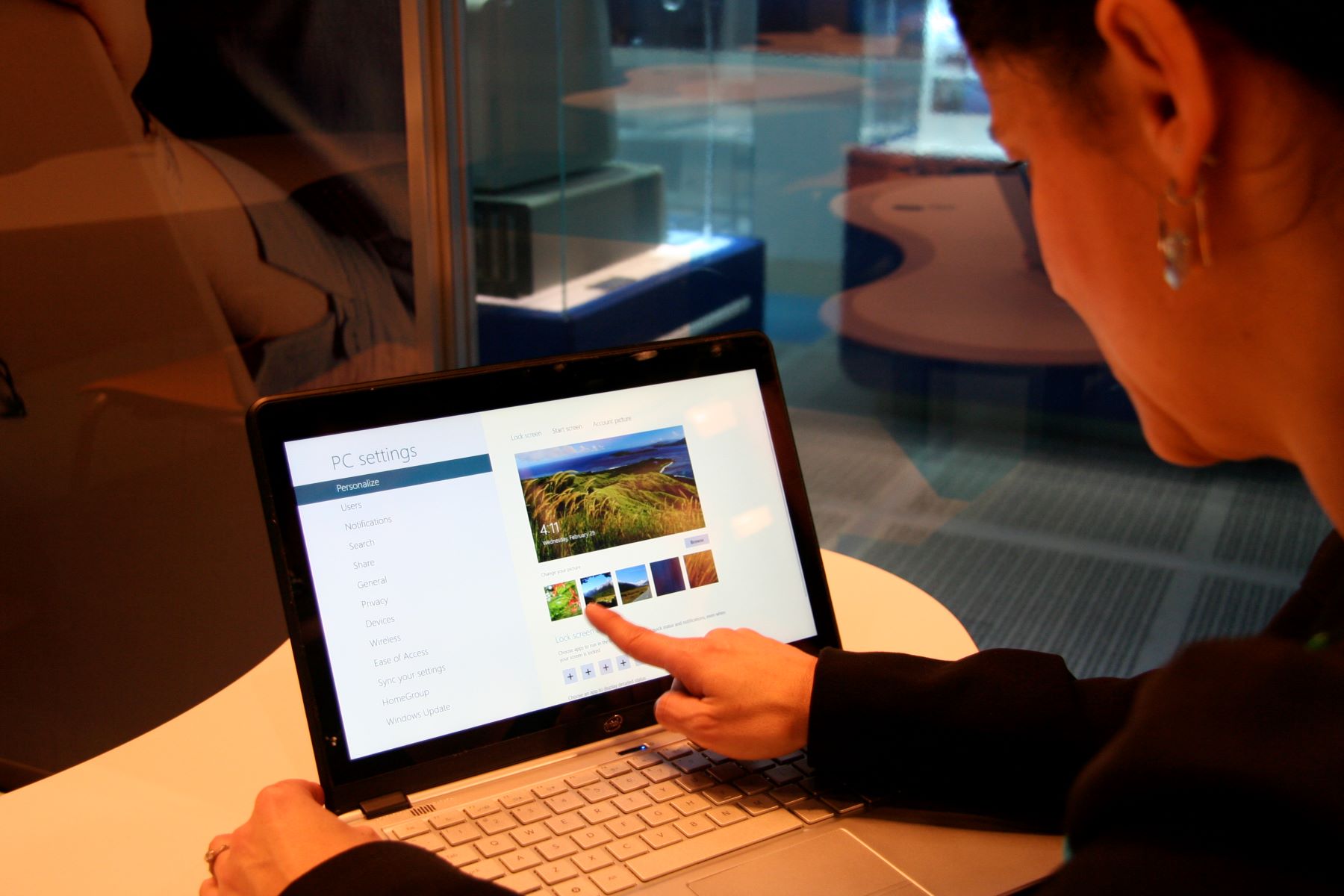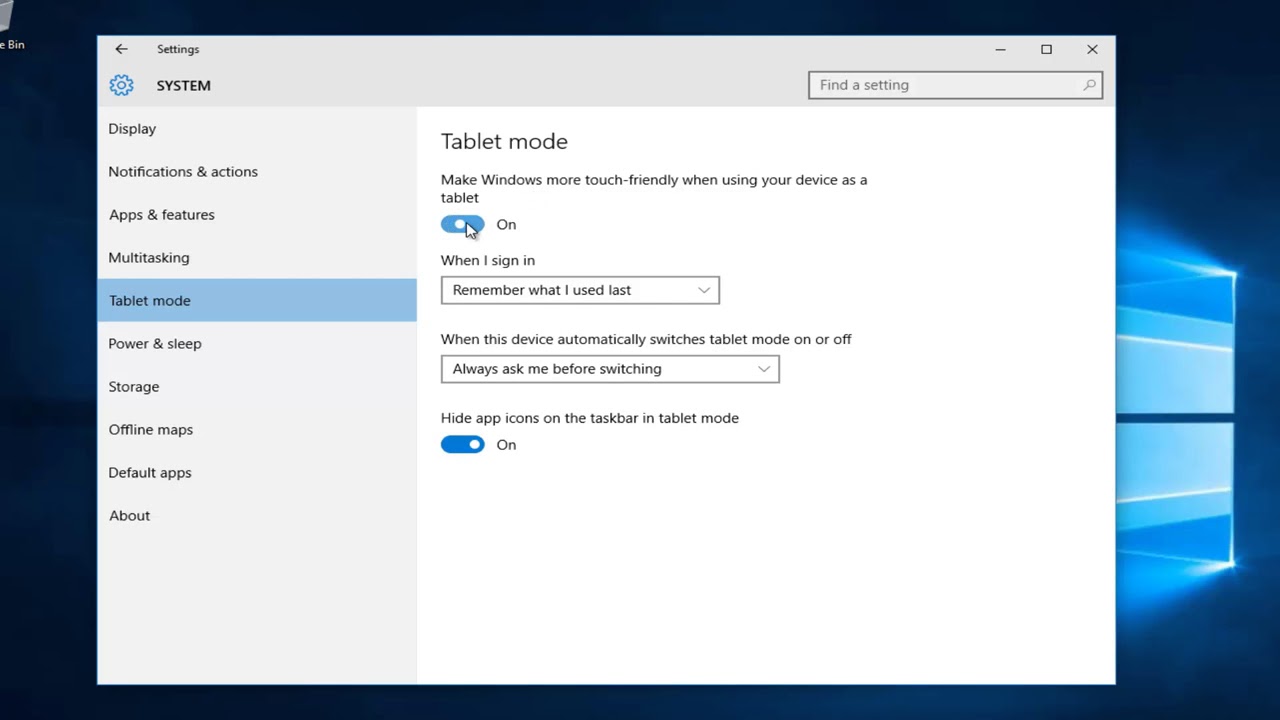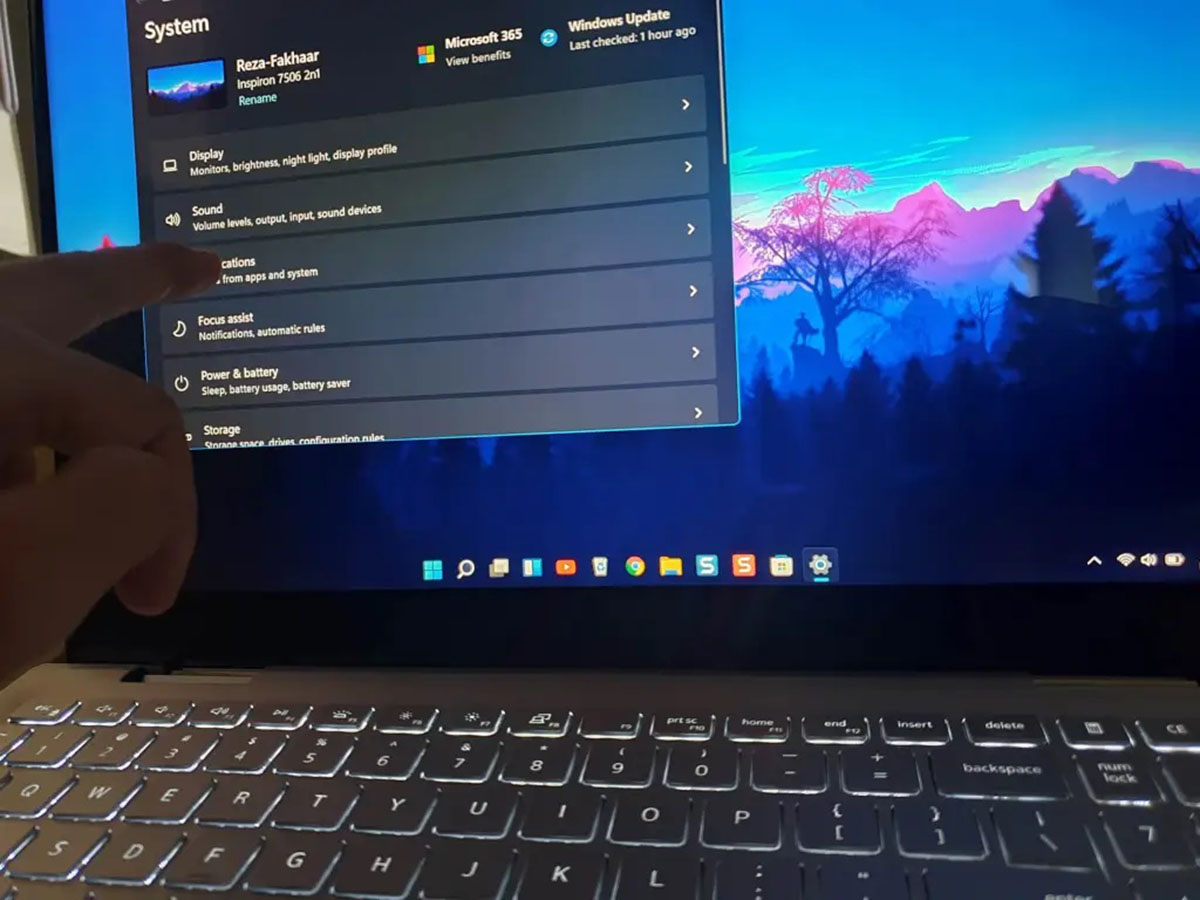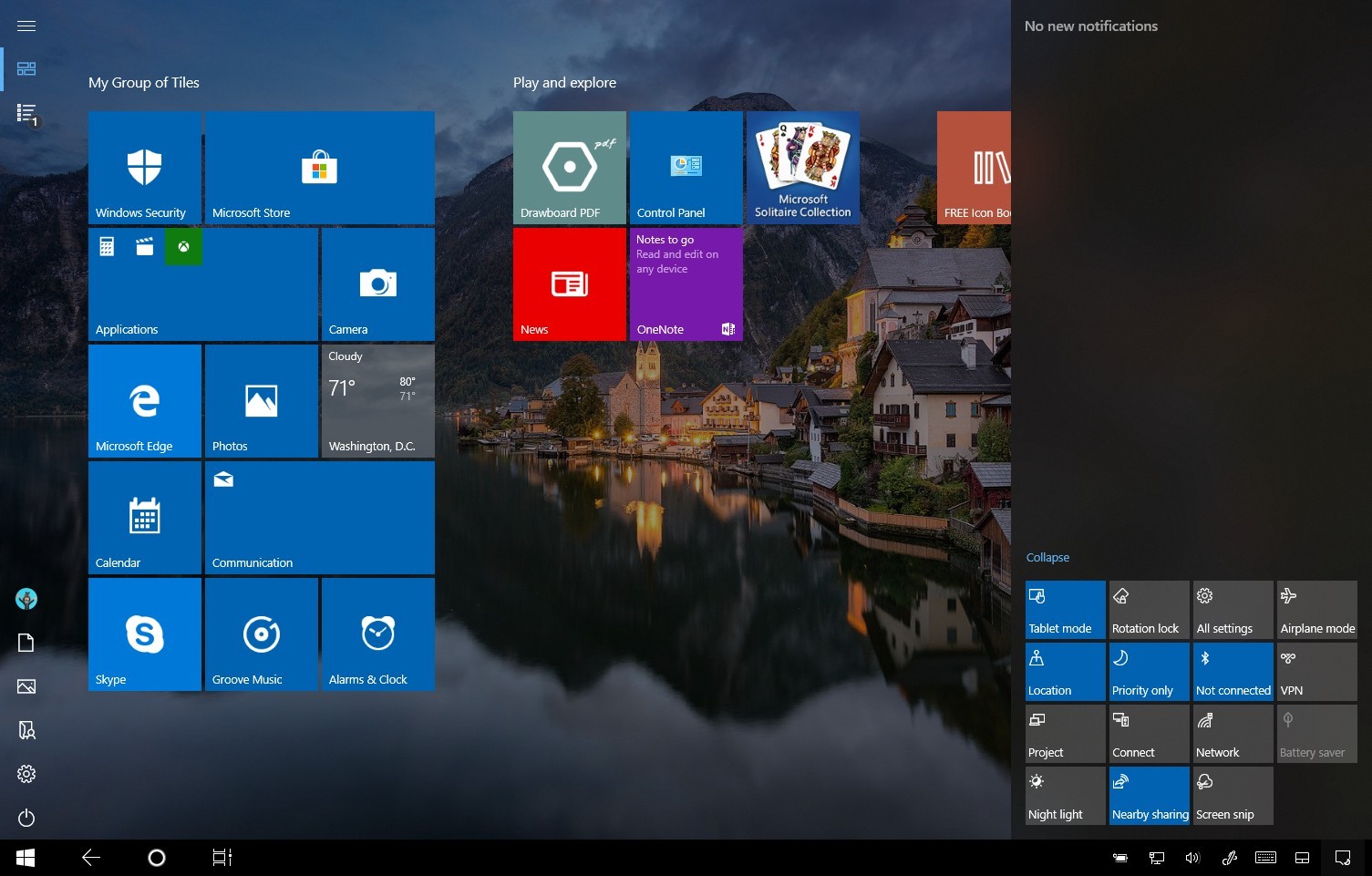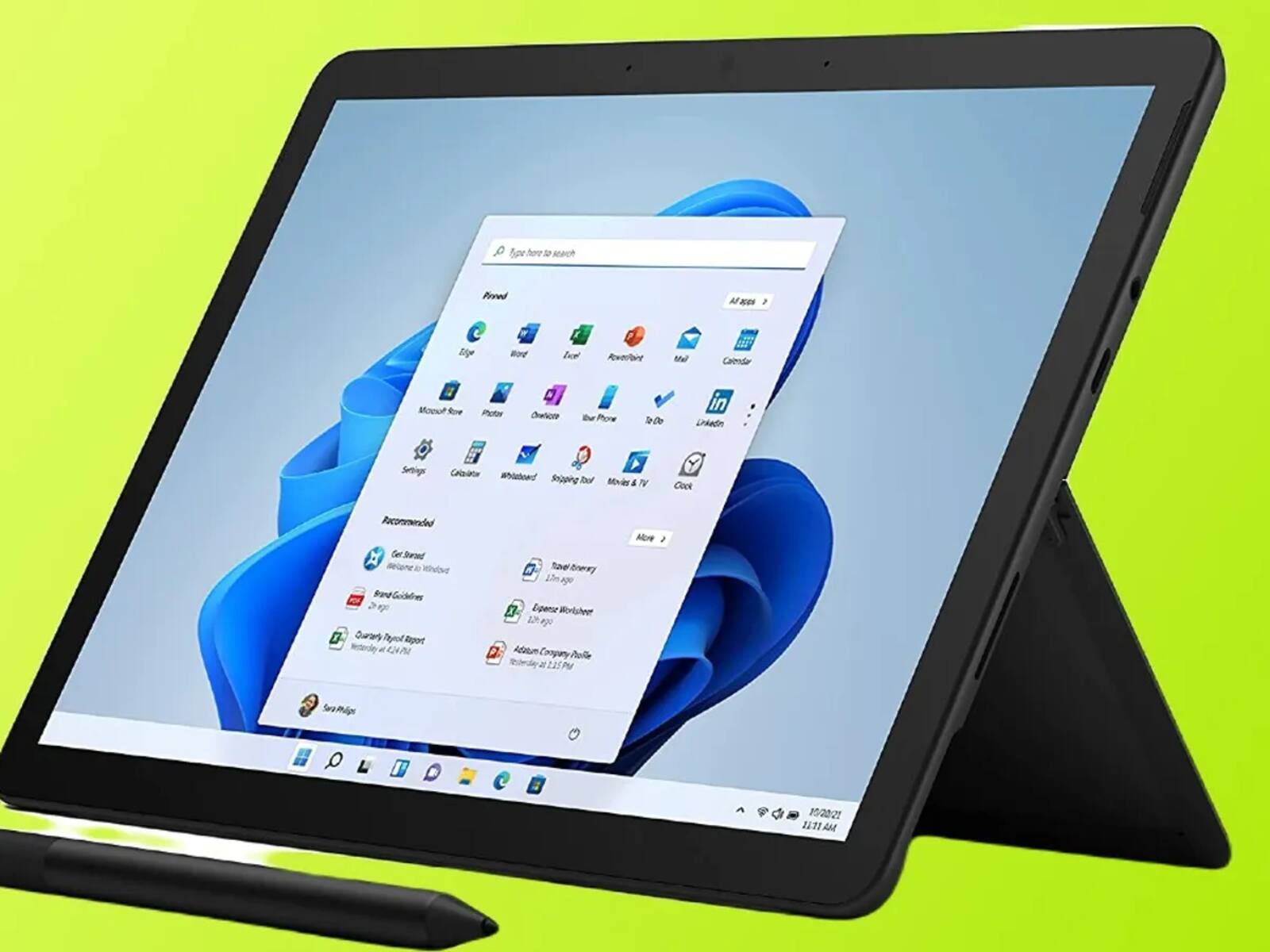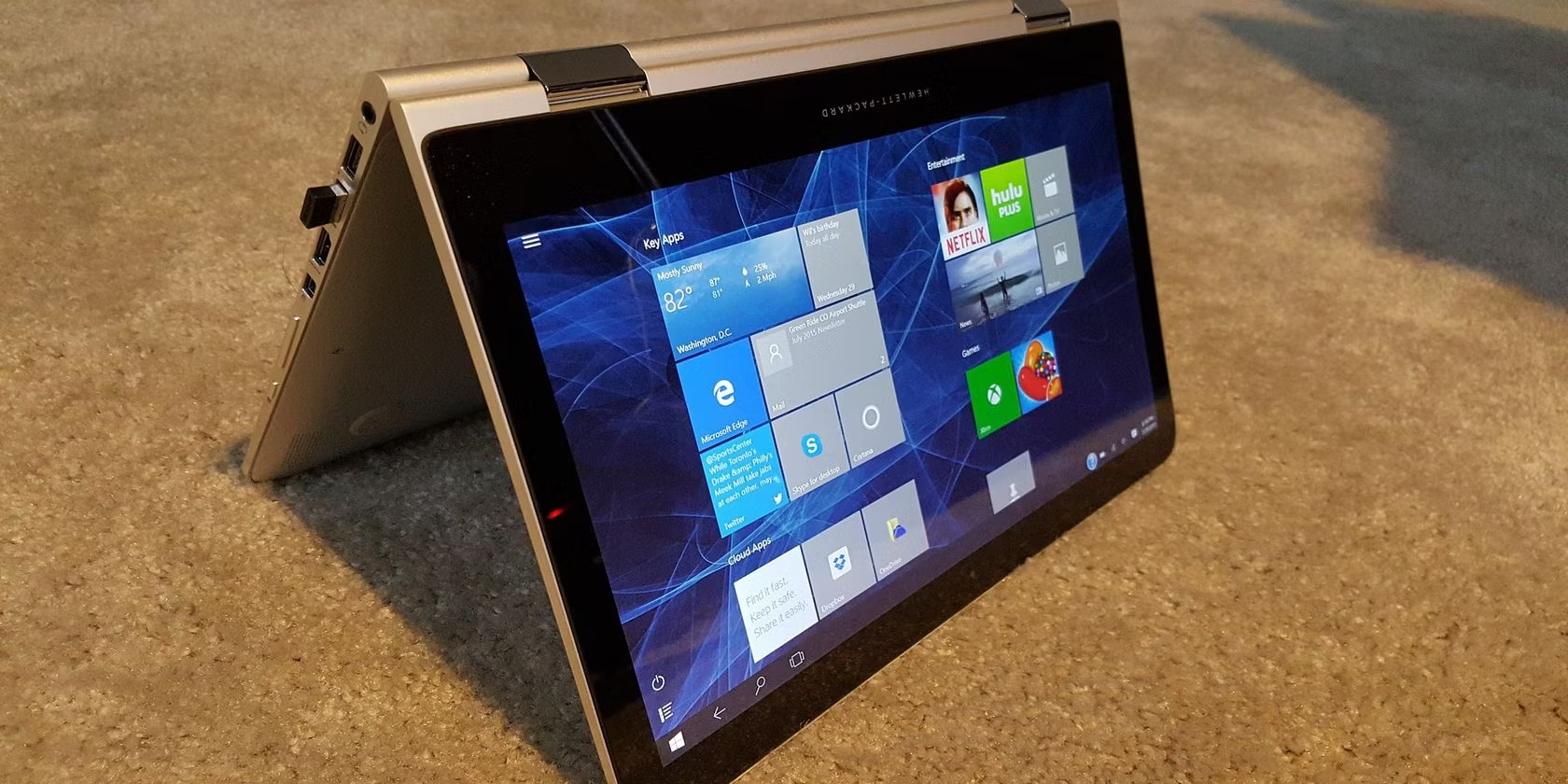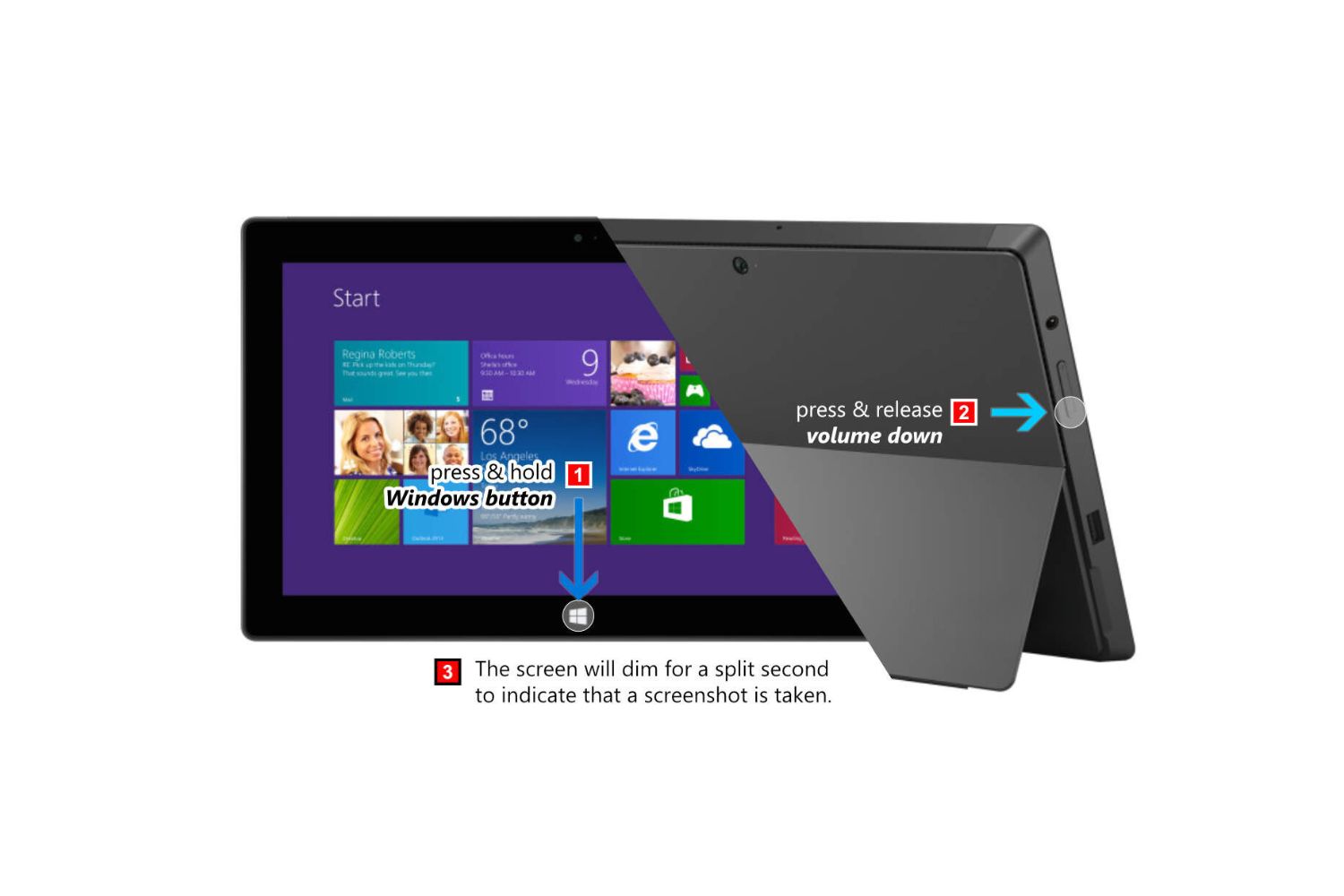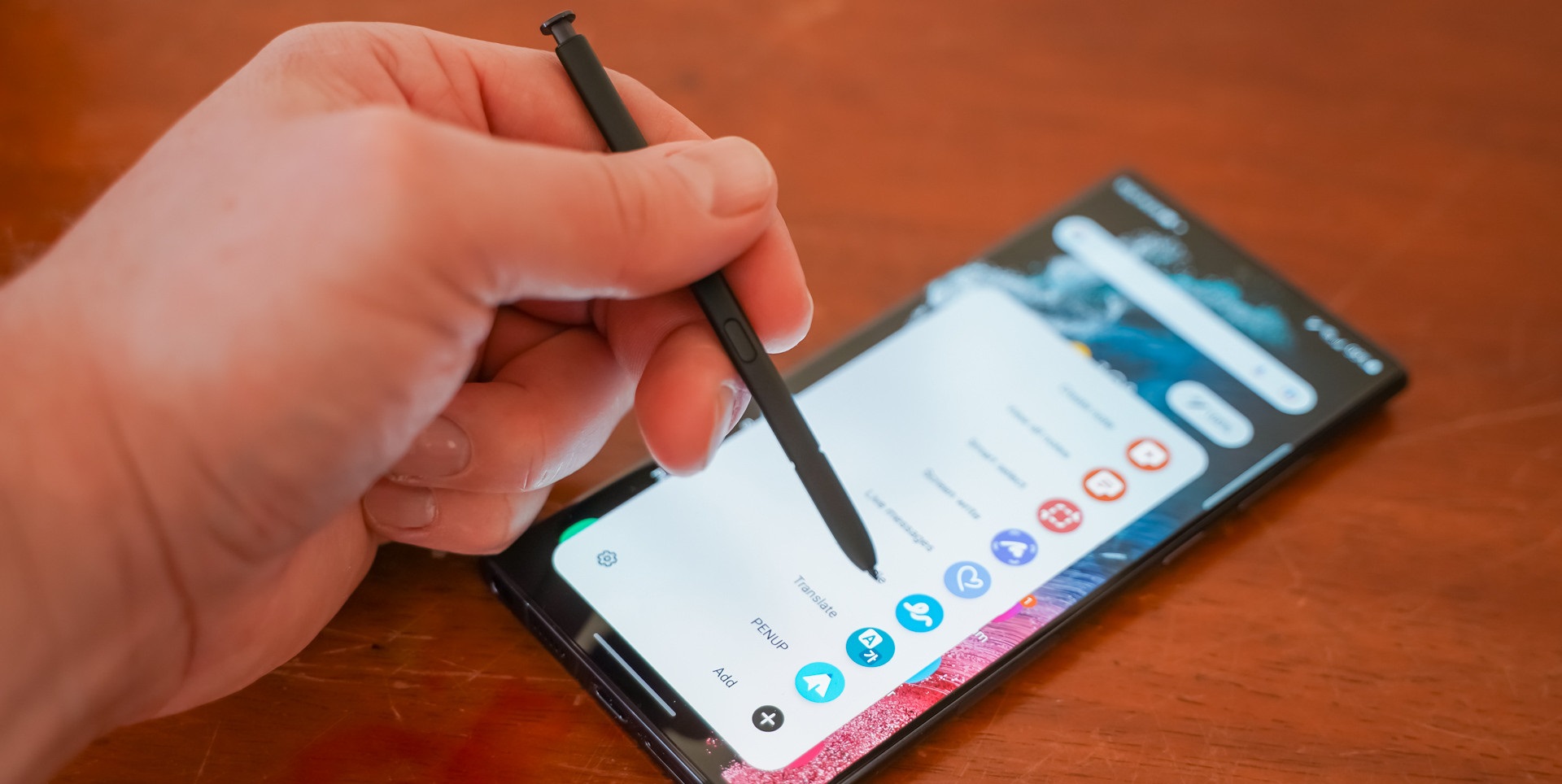Introduction
The touch screen functionality on Windows 10 allows users to navigate their devices with just a swipe or tap. While it can be convenient for certain tasks, there may be situations where you want to disable the touch screen temporarily or permanently. This could be due to accidental taps, compatibility issues with certain applications, or simply personal preference.
In this article, we will explore various methods you can use to turn off the touch screen on your Windows 10 device. Whether you want to disable it temporarily for gaming or presentations, or if you wish to permanently disable it for specific scenarios, we’ve got you covered.
It’s worth mentioning that by disabling the touch screen, you will still be able to control your device using other input methods such as a mouse or a touchpad. Disabling the touch screen will not affect the overall functionality of your device; it’s simply a way to prevent the touch screen from registering any touch input.
Now, let’s dive into the different methods you can use to turn off the touch screen on Windows 10.
Method 1: Using Device Manager
You can disable the touch screen on Windows 10 by using the Device Manager. Here’s how:
- Press the Windows key + X on your keyboard to open the Quick Access menu.
- Select the Device Manager option from the menu.
- In the Device Manager window, expand the “Human Interface Devices” category.
- Locate and right-click on the device that represents your touch screen. The name of the device may vary depending on your device model. Look for a name that includes “touch screen” or “digitizer”.
- From the context menu, select the “Disable device” option.
- A confirmation dialog will appear. Click “Yes” to disable the touch screen.
- Once disabled, the touch screen will no longer respond to touch input.
To re-enable the touch screen, simply follow the same steps outlined above, but select the “Enable device” option instead of “Disable device”.
This method is great if you want a quick and temporary solution to turn off the touch screen. However, keep in mind that if you connect any external touch-enabled devices in the future, you might need to repeat the steps outlined above to disable their touch functionality.
Now that you know how to disable the touch screen using the Device Manager, let’s explore another method in the next section.
Method 2: Disabling the Touchscreen Driver
If you prefer a more permanent solution to disable the touch screen on your Windows 10 device, you can do so by disabling the touchscreen driver. Here’s how:
- Press the Windows key + X on your keyboard to open the Quick Access menu.
- Select the Device Manager option from the menu.
- In the Device Manager window, expand the “Human Interface Devices” category.
- Locate and right-click on the device that represents your touch screen. Look for a name that includes “touch screen” or “digitizer”.
- From the context menu, select the “Properties” option.
- In the Properties window, navigate to the “Driver” tab.
- Click on the “Disable” button to disable the touchscreen driver.
- A warning dialog will appear. Confirm the action by clicking “Yes”.
Once the touchscreen driver is disabled, your touch screen will no longer respond to touch input. Unlike the previous method, this approach offers a more permanent solution, as the driver will remain disabled even if you connect external touch-enabled devices.
If you ever decide to re-enable the touch screen driver, you can follow the same steps outlined above but click on the “Enable” button in the driver’s Properties window instead.
Now that you know how to disable the touch screen driver, let’s move on to the next method in the following section.
Method 3: Disabling Touch Input using Registry Editor
If you’re comfortable making changes to the Windows registry, you can disable touch input using the Registry Editor. Here’s how:
- Press the Windows key + R on your keyboard to open the Run dialog.
- Type “regedit” in the Run dialog and press Enter.
- The Registry Editor window will open. Navigate to the following location:
- In the Touch folder, look for a key called “TouchGate” on the right-hand side.
- If the “TouchGate” key doesn’t exist, right-click on the empty space, select “New”, and then choose “DWORD (32-bit) Value”. Name it “TouchGate”.
- Double-click on the “TouchGate” key and set its value to 0.
- Click “OK” to save the changes.
- Close the Registry Editor.
HKEY_CURRENT_USER\Software\Microsoft\Wisp\Touch
After applying these changes, the touch input on your Windows 10 device will be disabled. If you ever want to enable touch input again, simply navigate back to the same registry location and delete the “TouchGate” key or change its value back to 1.
It’s important to note that modifying the registry is a sensitive operation, and any incorrect changes can cause system issues. Therefore, it’s recommended to create a backup of your registry before proceeding with this method. Additionally, it’s advised to only make changes to the registry if you’re familiar with the process and confident in your abilities.
Now that you’re aware of how to disable touch input using the Registry Editor, let’s explore another method in the next section.
Method 4: Disabling Touchscreen through Control Panel
Another straightforward method to disable the touchscreen on your Windows 10 device is by using the Control Panel. Here’s how:
- Press the Windows key + R on your keyboard to open the Run dialog.
- Type “control” in the Run dialog and press Enter.
- The Control Panel window will open. Change the view to “Large icons” or “Small icons” to see all the available options.
- Click on the “Device Manager” option.
- In the Device Manager window, expand the “Human Interface Devices” category.
- Locate and double-click on the device that represents your touch screen. Look for a name that includes “touch screen” or “digitizer”.
- In the device’s properties window, navigate to the “Driver” tab.
- Click on the “Disable” button to disable the touchscreen device.
- A confirmation dialog may appear. Confirm the action by clicking “Yes” or “Disable”.
Once you’ve disabled the touch screen through the Control Panel, it will no longer respond to touch input. If you decide to re-enable it in the future, follow the same steps but click on the “Enable” button instead.
Using the Control Panel is a user-friendly method to disable the touch screen, especially for those who are more comfortable with a visual interface rather than command-line or registry changes.
Now that you know how to disable the touch screen through the Control Panel, let’s move on to the final method in the next section.
Method 5: Using Third-Party Software to Disable Touchscreen
If you prefer a more convenient and customizable way to disable the touchscreen on your Windows 10 device, you can consider using third-party software specifically designed for this purpose. Here’s how you can use third-party software to disable touchscreen functionality:
- Research and identify trusted third-party software that allows you to disable the touch screen.
- Download and install the chosen software on your Windows 10 device.
- Launch the software and navigate to the touch screen settings or options.
- Select the option to disable the touch screen.
- Save or apply the changes within the software.
Using third-party software can provide additional features and flexibility when it comes to disabling the touch screen. Some software allows you to set specific conditions for when the touch screen should be disabled or enabled, such as during certain applications or when connected to external devices.
It’s essential to do thorough research and choose reputable third-party software from reliable sources to ensure compatibility, reliability, and security.
Now that you’re aware of using third-party software to disable the touchscreen, let’s move on to the concluding section of this article.
Conclusion
Disabling the touch screen on your Windows 10 device can be useful in certain situations, whether you want to prevent accidental taps, address compatibility issues, or simply have a preference for other input methods. Fortunately, there are several methods available to turn off the touch screen.
In this article, we explored five methods:
- Using Device Manager: This method provides a quick and temporary solution to disable the touch screen.
- Disabling the Touchscreen Driver: This method offers a more permanent solution by disabling the touch screen driver itself.
- Disabling Touch Input using Registry Editor: This method allows more advanced users to modify the Windows registry to disable touch input.
- Disabling Touchscreen through Control Panel: This method offers a user-friendly approach for disabling the touch screen using the Control Panel settings.
- Using Third-Party Software: This method provides additional features and flexibility for disabling the touch screen.
It’s important to note that whichever method you choose, you can always revert the changes and enable the touch screen again if needed.
When selecting a method, consider your comfort level with technical changes and the desired level of permanence for disabling the touch screen. Additionally, always research and use reputable sources when installing third-party software.
Now that you have a variety of methods at your disposal, you can easily disable the touch screen on your Windows 10 device as needed. Choose the method that works best for you and enjoy a hassle-free computing experience.







